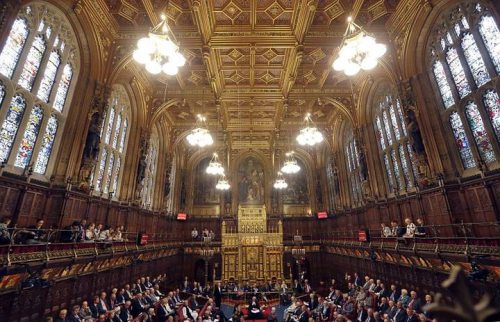Many democratic countries are governed by parliament or a president. While there are a few similarities, a parliamentary form of government is very different from a presidential form of government. This article aims to highlight the many differences between them.
Summary Table
| Parliamentary Form of Government | Presidential Form of Government |
| Headed by the prime minister | Headed by the president |
| No clear separation of powers | Separation of powers is clearly defined |
| The prime minister can be removed by the legislative branch or his/her party outside of the legislature | The president can only be removed when initiated by the lower legislative chamber under specific conditions |
Descriptions

A parliamentary form of government is a democratic form of governance where the branch of government that executes and enforces laws (i.e. executive branch) enjoys the direct or indirect support of the legislative branch, which is usually the parliament. This relationship between the legislative and executive branches is often referred to as “responsible government.”
Most parliamentary governments have a head of state and a head of government. The head of state is elected by the parliament or through a popular election, or hereditary, as in a constitutional monarchy.
This head of state wields power of ceremonial nature. The real power is vested on the head of government which is embodied by the prime minister. A prime minister is often a member of parliament.
Europe has the most states that follow a parliamentary form of government. Only two of its fifty states are not parliamentarian.
A parliamentary system may be composed of two houses or chambers (bicameral) or just one parliamentary system (unicameral). A bicameral parliament is usually composed of an elected lower house, which has the authority to determine the executive branch.
The upper house may be elected or appointed by the lower house as well, but through a different mechanism.
A presidential form of government is a republican and democratic system of government led by a head of government, usually called a president. This head of government leads an executive branch that is independent of the legislative branch,
In a democratic state, the president is usually an elected politician and is not responsible for the legislative branch. However, the legislature can unseat an incumbent president through impeachment.
There are instances where states that don’t have a presidential system of government call their head of state as presidents, though only in ceremonial cases. Leaders of authoritarian or dictator states are called presidents as well. A prime minister (i.e. premier) may also exist in a presidential system, but the position is answerable to the president.
A president-led state is the most popular form of government in both North and South America – only three out of 23 self-governing states do not follow this system of government. In addition, presidentialism is also popular in central Asia and in several African states.
Parliamentary vs Presidential Form of Government
So what’s the difference between a parliamentary and presidential form of government? A parliamentary form of government is a democratic form of government that is headed by a prime minister.
This is also where the executive branch enjoys the direct or indirect support of the legislative branch. A presidential system is headed by the president voted directly by the people. Thus, the president is primarily accountable to the people.
The prime minister in a parliamentary system is chosen and elected (and can be impeached) by members of the legislative branch. In presidential system, the separation of power between the branches of government ideally ensures a mechanism of checks and balances.





